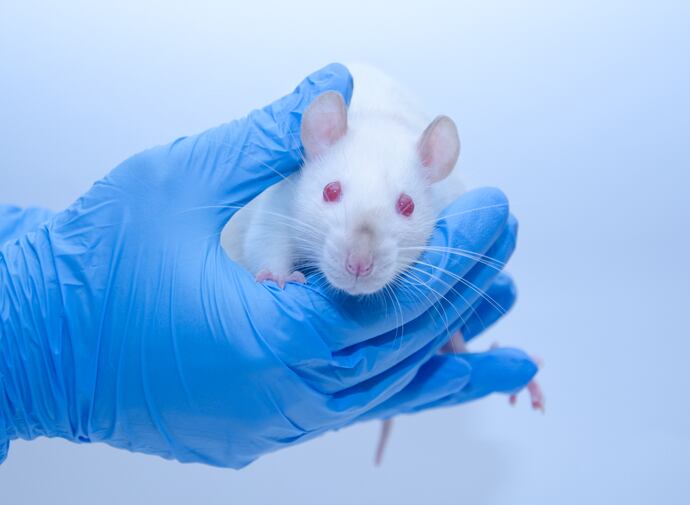The new research was published in the journal Psychopharmacology. It was the work of a group of researchers associated with the Designer Drug Research Unit, National Institute On Drug Abuse Intramural Research Program, which is part of the National Institutes of Health.
The researchers noted that structural analogs of phenethylamine have been found in dietary supplements for a number of years. The similarity of these chemicals to amphetamine is a cause of concern from an abuse perspective, the researchers said.
Despite regulatory ruling, BMPEA still on market
They can also pose other health risks, including a link to cardiovascular complications such as hemorrhagic stroke in the case of β-methylphenethylamine (BMPEA). FDA ruled in 2015 that BMPEA, which had been sold most prominently by Hi Tech Pharmaceuticals, did not meet the definition of a dietary ingredient. Yet, the authors said, it can still be found for sale. Hi Tech itself, which was one of five companies that received a warning letter at that time about the sale of the ingredient, appears to still sell it, or at least analogs that are very similar, judging by the names used on the labels. The company now claims these are constituents of Senegalia berlandieri, whereas in 2015 BMPEA was claimed to be derived from Acacia rigidula.
The researchers said two other similar synthetic analogs α-ethylphenethylamine (AEPEA) and N,α-diethylphenethylamine (DEPEA), can be found for sale, too.
The authors noted that these chemicals are about 10 times less potent than straight amphetamine, to which they bear a structural resemblance. Nevertheless, they said they still could pose abuse risks when used casually.
Rats sought to dose themselves with analogs in similar way to amphetamine
To test that risk, the researchers designed a study that looked at how rats would choose to self dose themselves with these chemicals. They surgically implanted devices that would intravenously administer one of the three analogs, amphetamine itself, or a saline solution (to act as a control) to the rats when they activated a switch with their noses.
After the rats had been trained how to dose themselves, the researchers then did a dose response phase of he study to see how they reacted to increasing dosages.
The response curves of AEPEA and DEPEA resembled those of amphetamine exhibiting the expected inverted U shape, with few triggers by the rats at low and very high dosages and a sweet spot in between. The curves were ‘shifted to the right,’ in other words, the rats were seeking out higher dosages of these substances, in line with their lower potency, to presumably arrive at a similar physiological effect. BMPEA behaved somewhat differently with the rats triggering the mechanism at an increasing rate up to the maximum dose studied.
Making the extrapolation to humans
The researchers noted it’s difficult to extrapolate the results from this kind of rodent model to humans. But they noted that these PEA analogs can be found in dosages in dietary supplements such that they can approach the effects of straight amphetamine and could therefore pose similar, ‘significant’ risks.
“We acknowledge that these compounds may have less/more of an effect in humans. However, given that our previous research showed that the compounds also produce cardiovascular effects in our rats that are similar to amphetamine, caution in the use of these compounds in humans is warranted,” said Charles W. Schindler, PhD, a research psycholoigst at the National Institute on Drug Abuse and one of the paper’s authors.
Schindler noted that a key concern is that it’s hard to determine from looking at the labels just how much of these chemicals a consumer would be ingesting.
“This is a problem for sure. Without information about the amount of drug in a serving, it is impossible to know the dosage a person is receiving. As we noted in the discussion of our paper, analytical analysis of some nutritional supplements for DEPEA allowed us to compare DEPEA dosages on a by weight basis to amphetamine dosages that produced subjective effects in humans. We then speculated that the subjective effects of taking these supplements would be comparable to amphetamine. However, there is rarely information about amounts of the PEA analogs that are in these nutritional supplements,” Schindler said.
Schindler said he hoped the research would be useful to FDA in making future regulatory and enforcement decisions.
“We feel that our research would certainly be of a benefit to the FDA in making any decisions about whether to ban these compounds. However, much more information is likely needed to make any regulatory decisions. Of course the effectiveness of banning these substances depends on the accuracy of the product label,” Schindler said.
Source: Psychopharmacology
https://doi.org/10.1007/s00213-022-06246-x
Reinforcing effects of phenethylamine analogs found in dietary supplements
Authors: McGriff SA, et al.




